32 Easy Hands On Activities for Your Child
Whether your children are homeschooled or not, having easy hands on activities for them to do is a great way to have fun, and learn something at the same time! This guest article offers up some suggestions to get you started!
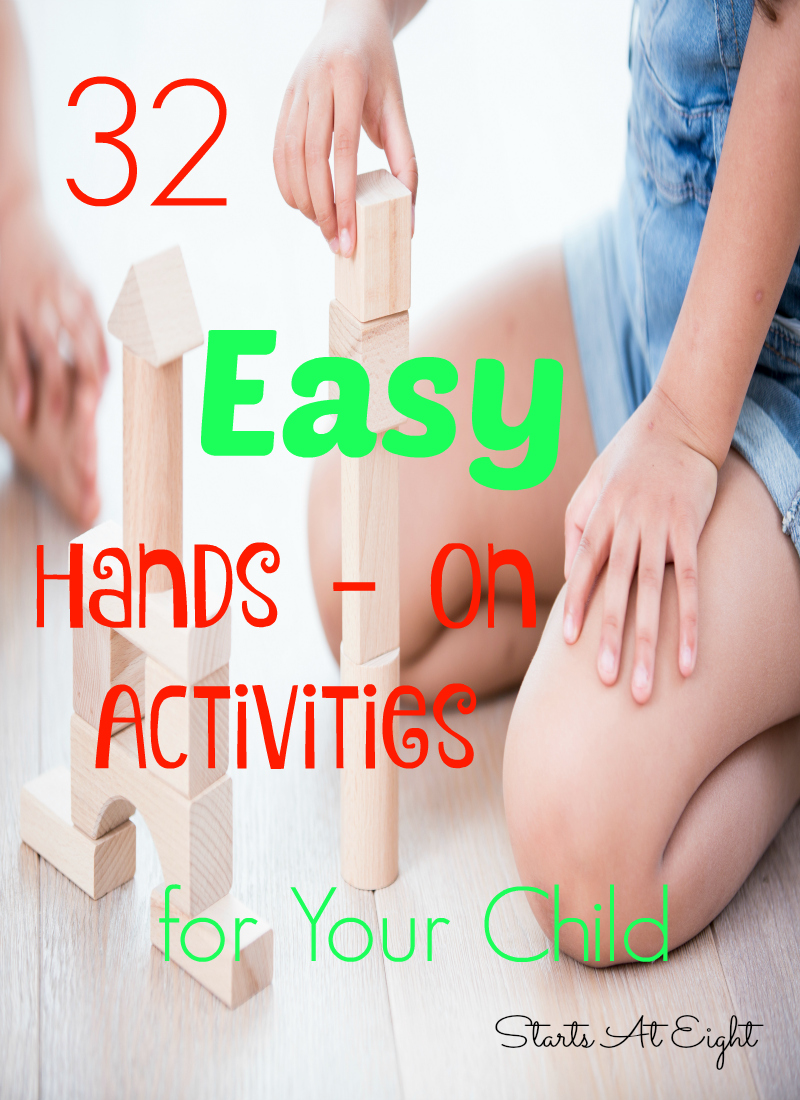
32 Easy Hands On Activities for Your Child
My niece was not home schooled. But her parents and I tried to find teachable moments to enrich her classroom learning during her non-school hours. And because I am a writer, I often pondered how teaching a homeschooler to love to write was accomplished. I set out to learn about this, and, in my searching, I discovered not just engaging activities for writing, but for many other subjects as well. So, I have compiled here 32 of what I think are some easy hands on activities that parents can use, whether in a home-schooling environment or not.
- Storytelling: One of the best ways to get students to write, I believe, is through verbal storytelling. A child’s imagination is a powerful tool. Every once in a while, stop reading books. Instead, start a story and have your child finish it. Or vice versa. Once the story is told, write it down together. Decide on each sentence and have your child write that sentence. When it is finished, your child can illustrate. Then send it off to be bound – perfect forever remembrance.
- Legos: everyone already knows about teaching fractions by Legos. You can also teach the periodic table and other elements. H2O, for example, is one block with 4 pegs, and one block with two pegs on top – voila!
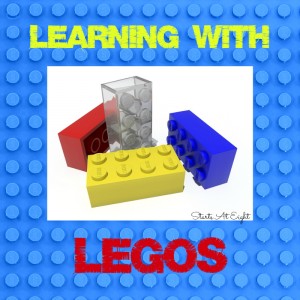
- ID Cards: Have you child make his/her own ID card. Discuss what goes on an ID and why.
- Graph Paper: have your child design the ultimate bedroom, or, if older, the ultimate game room. Teaches shapes, design skills, creativity, and spatial relationships
- Kids Teaching Kids: In a homeschool situation with multiple kids, have older kids create lesson plans and teach younger siblings what they know.
- Budgeting: Provide a food budget. Kids then plan a meal, go shopping for the items, and cook one meal a week. As kids get older this can be expanded
- Create a unique Product: Have kids design a product then draw up a business plan, a prototype, and a marketing campaign
- Map of Hometown: This may require some field trips, but the ultimate project is to draw a map of at least a portion of the town/city, including attractions
- 3-D Journal: Instead of a written journal, kids can make one from construction paper and yarn and paste in cool items they find outdoors. Then they can write a small bit about the item (where they found it, what date, etc.)
- Kids come up with an issue of local concern: Maybe a stop sign is needed at an intersection; maybe a park should be improved. Have them write a letter to the mayor and to their representative on the City Council providing their opinion.
- Fact Checking News Stories: this is a great exercise for older kids. With all of the “fake news” on the Internet, it will be a great exercise to read an Internet story and then do the research to get the real facts.
- Geocaching App: download an app and teach kids to read a compass and map coordinates while having fun outside.
- Grow Something: Sprout dried beans and use the sprouts in cooking or see if they will actually grow into plants. Plant flower seeds and grow them in a windowsill. Or find a spot outside to start a garden.
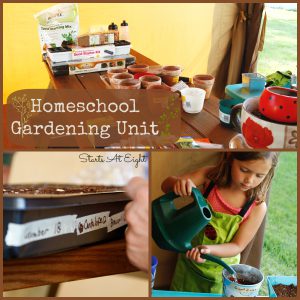
- Board Games: In any subject (history, biology, etc.) students can create a board game using the knowledge they have gained.
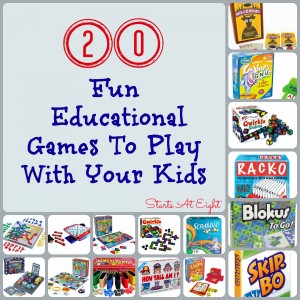
- Re-write the Last Chapter: After reading a book, have kids re-write the last chapter to their liking.
- Music/Movement: Play music that shows the difference between staccato and legato. Have students “move” in staccato and in legato to the music.
- Measurement: Measure a room and then figure out how much carpet to buy to cover the floor area.
- Measurement: Measure the perimeter of the back yard and determine how much fencing would have to be purchased to surround it.
- Read Sale Ads: figure out how much 10, 20 or 30% of an item would be. How much would they pay for the item after the discount?
- Write a Poem: Students can write a poem, then put the poem to music by coming up with a melody for it.
- Teach Solfege: Teach the international musical note sound – Do, re, mi fa, sol, la, ti do. With a small keyboard, teach students the keys that match each sound. Then have them play simple songs singing the solfege notes while they play the keyboard. For example, Jingle Bells is: mi, mi, mi, mi, mi, mi, mi, sol, do, re, mi.
- Famous Artists: Study the works of some famous artists (Van Gogh, for example). Have kids try to paint a picture in that style. Pointillism is fun for this activity
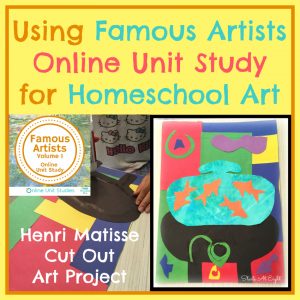
- States of Matter: Water is the best compound to use for this – ice, water, steam. Use this to teach about movement of molecules in all three states.
- Solar System: Have students recreate the solar system with Styrofoam balls and wire.
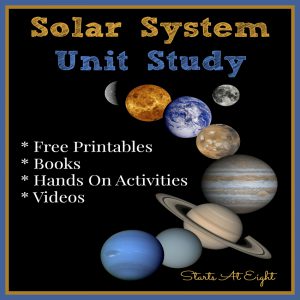
- Find bugs: go on a nature walk and study the bugs that are found. Which ones are insects and which are not? Why? You can find tons of Nature Study Ideas here.
- How much is 100? Collect 100 of something. Then use that as a lesson for 1,000’s, 10,000’s, 100,000’s and a million. How large will the pile get?
- Parts of Speech: Present sentences with only the parts of speech. Have students make real sentences using each part of speech in the order you have given it.

- Healthy Meals: Study the FDA requirements for a healthy daily diet. Then have students plan a daily menu that will include the recommendations from the FDA.
- Classification: Biologists classify plants and animals based upon their characteristics. Begin to teach classification using everyday objects, like buttons. What criteria can be used to classify the buttons? Once students determine the criteria, then they sort the buttons accordingly.
- Law of Supply and Demand: Teach the law of supply and demand through candy. Hold an auction with play money. Students bid on buying various candy based upon the supply. Candy that is really in large supply, they will not be willing to spend their money on. Candy that is in short supply and considered valuable, they will be willing to spend more of their money on.
- Balancing Equations: Use a balance scale to teach the concept of balancing equations in algebra. Put the same number of the same objects on each side of the scale. Show that when you take one away from one side, you must do the same to the other.
- Community Service: Kids need to learn that they can be of service to those in need. They can participate in food drives, adopt a part of a road or highway to keep clean, visit nursing homes and sing for the residents, etc. Planning these excursions helps them understand that they need to be of service to others.
These 32 Easy Hands On Activities are only a small number of ideas that you might be able to use. The Internet is full of ideas for learning activities. The important thing is to keep students actively engaged in their learning, and having fun doing it!


